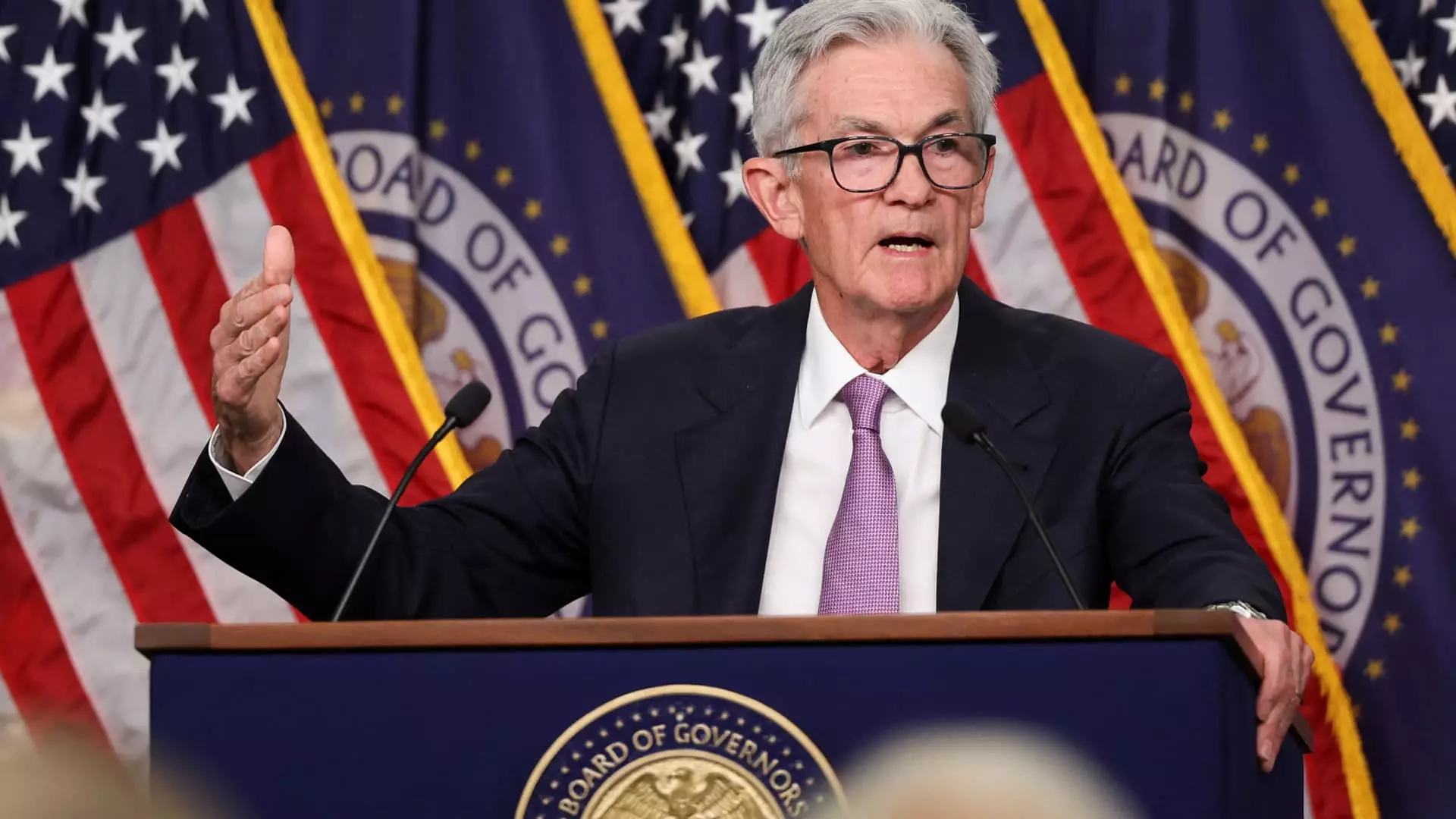In a pivotal decision, the Federal Reserve has enacted its second consecutive interest rate cut, marking a strategic adjustment in its monetary policy. This latest reduction, a quarter-point drop from the previous rate, lowers the benchmark overnight borrowing rate to a target range of 4.50%-4.75%. This adjustment follows September’s half-point cut, and it signals a conscious effort by policymakers to align monetary conditions with evolving economic indicators. The Federal Open Market Committee (FOMC) aims to navigate the delicate balance between fostering economic growth and managing inflationary pressures, a process that has evoked criticism and support alike from various economic stakeholders.
Interest rates play a critical role in shaping economic activity, influencing lending rates for consumers on loans, mortgages, and credit cards. By reducing the overnight lending rate, the Fed aims to encourage borrowing and spending, which are crucial elements in stimulating economic growth. Interestingly, market analysts had anticipated this policy adjustment, following earlier signals sent during the September meeting. The unanimous vote from the committee on this decision reflects a collective acknowledgment of the current economic landscape, differing from previous instances when dissent was observed among committee members. Here, Governor Michelle Bowman’s agreement underscores a unified front among policymakers regarding the economic environment.
The FOMC’s revised statement post-meeting reveals a nuanced outlook towards inflation and employment. While referencing the “balance of risks” now faced by the committee, they noted that the labor market shows signs of softening, which could pose challenges moving forward. For instance, the recent uptick in unemployment suggests a shift in the labor market dynamics, acknowledging a cooling while still maintaining relatively low overall unemployment rates. This indicates a departure from the previous narrative of heightened confidence in restraining inflation while protecting employment, suggesting that the Fed is recalibrating its strategies.
Despite a decline in nonfarm payrolls by 12,000 in October, economic growth has displayed resilience. The Gross Domestic Product (GDP) rose by 2.8% in the third quarter—a rate just below expectations but still surpassing historical averages. Current indicators suggest that the fourth quarter may show further expansion, affirming the notion that the economy, overall, continues its steady trajectory. The labor market’s health is essential; however, external factors, such as recent weather events and strikes, have complicated the employment picture, illustrating the complexity of current economic conditions.
With emerging uncertainties regarding fiscal policies under newly elected officials, interpretations of economic growth and inflation are shifting. Observers anticipate that President-elect Trump’s policies may introduce inflationary pressures due to proposed tariff implementations and immigration reforms. Historically, though, his administration maintained low levels of inflation, creating challenges for future Fed policy as it seeks a balance amid fluctuating dynamics.
Future Trends Forecast and Market Responses
As the Federal Reserve contemplates the optimal path for future rate changes, discussions have surfaced regarding the “terminal” rate—essentially, the point at which rate cuts may cease. The potential for another quarter-point cut in December adds another layer of speculation, as traders are closely monitoring signs of inflation and economic growth. While current discussions from the Fed suggest intentions to keep rates lower, the broader financial markets appear to maintain a different sentiment. Following the September rate cut, mortgage rates and treasury yields have increased, reflecting market reactions that may diverge from Federal policies. The rise in 30-year mortgage rates to approximately 6.8% illustrates the tangible impact of Fed actions on everyday financial products.
The Federal Reserve’s certification of pursuing a “soft landing” carries significant weight in light of current inflation rates, which remain above target levels. With the core inflation indicator at 2.7%, aligning inflation levels with the Fed’s target will be a central challenge moving forward. Policymakers must navigate these complexities efficiently to mitigate risks associated with unchecked inflation without stalling economic growth.
The Federal Reserve’s recent actions indicate a deliberate strategy to maintain equilibrium in the economic landscape. The interplay between monetary policy, inflation control, and labor market dynamics will continue to shape economic prospects. Policymakers must remain vigilant in assessing economic indicators while keeping a keen eye on the implications of emerging political shifts. Ultimately, the Federal Reserve aims to foster sustainable economic growth while tackling the challenges posed by inflation—all while preserving public confidence in its ability to steer the economy effectively. As these elements unfold, the Fed’s strategy will be keenly observed by economists and the public alike, reflecting the intricate relationship between policy decisions and their real-world outcomes.

